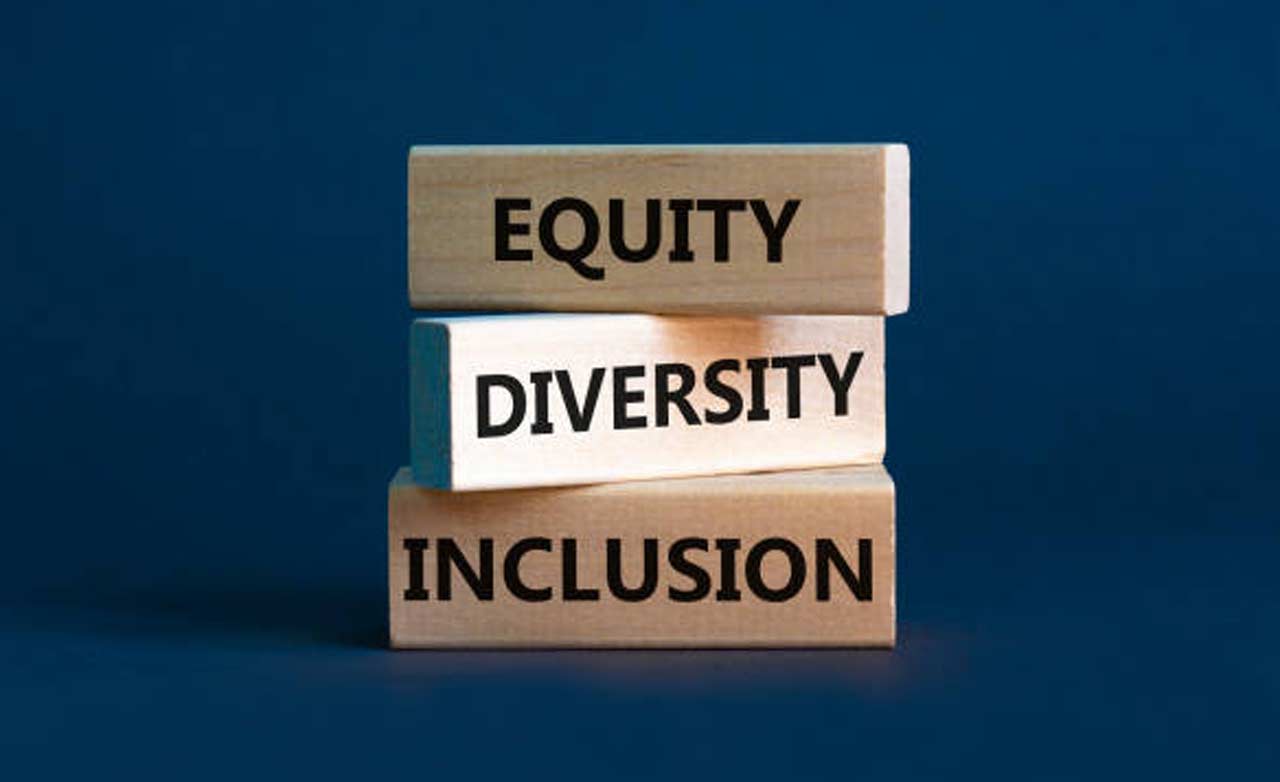
Design principles are being redefined in today’s rapidly evolving world, where technology constantly intersects with art. The blending of art with technology, the use of sustainable materials, and the importance of recognition in the form of trophies and awards are converging to shape the landscape of contemporary design. Let’s explore this fascinating nexus and its implications for the future.
1. The Historical Interplay of Art and Technology
Art and technology have shared a symbiotic relationship throughout history. From the intricate carvings of ancient civilizations, achieved through rudimentary tools, to the Renaissance period, where the invention of linear perspective transformed art, technological advancements have always spurred artistic evolution.
2. The Digital Renaissance
With the digital age’s onset, we’re experiencing another renaissance, where art and technology merge in unprecedented ways. Digital art platforms, 3D printing, and virtual reality revolutionize how artists create and audiences experience art.
- Digital Art Platforms: Software like Adobe’s Creative Suite and Corel Painter allow artists to experiment without physical limitations, pushing boundaries and exploring new frontiers.
- 3D Printing: This technology has democratized sculpture and product design. Artists can transform digital strategies into tangible objects, iterating and refining them efficiently.
- Virtual Reality (VR): VR takes immersive experiences to a new level. The line between creator and audience blurs from art galleries to interactive installations.
Read Also: Explore Top 14 Metaverses: Virtual Realms Redefined
3. Sustainability in Design
As global environmental concerns rise, designers are incorporating sustainability into their ethos. Biodegradable materials, energy-efficient processes, and designs that minimize waste are gaining prominence.
- Recycled Materials: From fashion to product design, using recycled or upcycled materials is becoming a hallmark of contemporary design.
- Minimalist Design: A design that uses fewer materials without compromising on aesthetic appeal is the need of the hour. It reduces waste and aligns with the sustainable ethos.
4. The Importance of Recognition in Design
In a world brimming with talent, recognizing outstanding design is crucial. Design competitions, accolades, and events celebrating innovation foster creativity. Trophies and awards, more than just symbols of achievement, act as benchmarks of excellence, motivating designers to continue pushing boundaries.
5. Future-focused Design Elements
- Adaptive Design: As the lines between physical and digital continue to blur, designs that can adapt across platforms will be paramount. Adaptability is critical for websites that function seamlessly on desktops, mobile devices, and products that integrate with smart home systems.
- Human-centered Design: With technology’s rapid advancements, ensuring that designs remain human-centric is crucial. Whether it’s a user-friendly app interface or ergonomically designed furniture, keeping the end-user’s needs at the forefront will determine a design’s success.
- Cultural Sensitivity: Understanding and incorporating diverse cultural aesthetics is vital. Designs that resonate globally while respecting local sensibilities will be more impactful.
6. The Role of AI in Design
Artificial intelligence (AI) is set to play a significant role in the design’s future. AI can analyze vast data, predict design trends, and suggest design modifications. However, the human touch — intuition, emotion, and the unpredictable spark of creativity — will remain irreplaceable.
7. Design Education for the Future
With these rapid advancements, design education needs to evolve. Institutions should:
- Foster Interdisciplinary Learning: Encourage collaboration between tech and art students, breaking silos and fostering holistic learning.
- Emphasize Ethics and Sustainability: Equip students with the knowledge and tools to design responsibly.
- Inculcate a Global Perspective: Exposure to global design trends, cultural nuances, and cross-border collaborations will be essential.
8. Design for Well-being and Mental Health
In the post-pandemic world, mental well-being has gained significant attention. Design is pivotal in fostering spaces and products that prioritize human well-being.
- Mindful Spaces: Architects and interior designers increasingly create spaces promoting calm, relaxation, and mindfulness. Incorporating natural light, green spaces, and soothing color palettes can profoundly affect mental well-being.
- Wellness Gadgets: Technology designers are developing products to enhance mental health. From wearable devices that monitor stress levels to apps promoting meditation and sleep, the design community is proactively addressing wellness needs.
9. Collaborative and Open-Source Design
The future of design is not just about individual achievement but community collaboration. Open-source platforms and collaborative tools are changing the design landscape.
- Open-Source Platforms: These platforms promote a sense of community, enhancing design quality and innovation.
- Collaborative Tools: Such tools speed up the design process and bring diverse perspectives into the mix, enriching the final product.
10. Embracing the Confluence
The future of design is undeniably exciting. As art and technology merge in novel ways, as sustainability becomes a norm, and as the significance of recognition through trophies and awards continues to inspire, the design world stands on the cusp of an era marked by innovation and meaningful impact.
However, amidst this whirlwind of change, one thing remains constant: the designer’s core intent. Whether sculpting a statue or crafting a digital interface, the aim has always been to create, inspire, and enrich human experiences.








